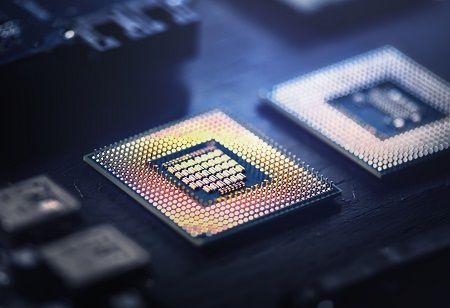
Taiwan Semiconductor Manufacturing Company (TSMC), the world's largest contract chipmaker, has indicated that it may not necessarily require ASML's next-generation High Numerical Aperture Extreme Ultraviolet (High NA EUV) lithography machines for its forthcoming A16 chip manufacturing technology. This technology is slated for development in the latter half of 2026. High NA EUV tools are expected to significantly shrink chip designs, potentially by up to two-thirds, but they come at a high cost and with considerations about their reliability compared to existing technologies.
Kevin Zhang, an executive at TSMC, highlighted that while the High NA EUV technology is impressive, the cost is a significant factor. TSMC's decision to incorporate High NA EUV tools in its A16 production plants will depend on achieving an optimal balance between economic and technical factors. High NA EUV tools are projected to cost more than 350 million euros each, compared to 200 million euros for ASML's regular EUV machines, which TSMC already uses extensively.
TSMC's A16 node will follow its 2-nanometer production node, expected to enter mass production in 2025. Zhang emphasized that TSMC's use of High NA EUV technology will be determined by where the best balance between economic viability and technical benefits can be found. ASML, a dominant player in the lithography systems market, supplies crucial machinery that uses light beams to create the intricate circuitry of chips. These machines are vital for advancing chip performance, as smaller features on a chip lead to faster and more energy-efficient performance.
In contrast, Intel has already assembled one of ASML's new High NA EUV lithography tools, marking a significant step in its efforts to outpace competitors. This move underscores the strategic importance of adopting cutting-edge lithography technology to stay competitive in the rapidly evolving semiconductor industry.

